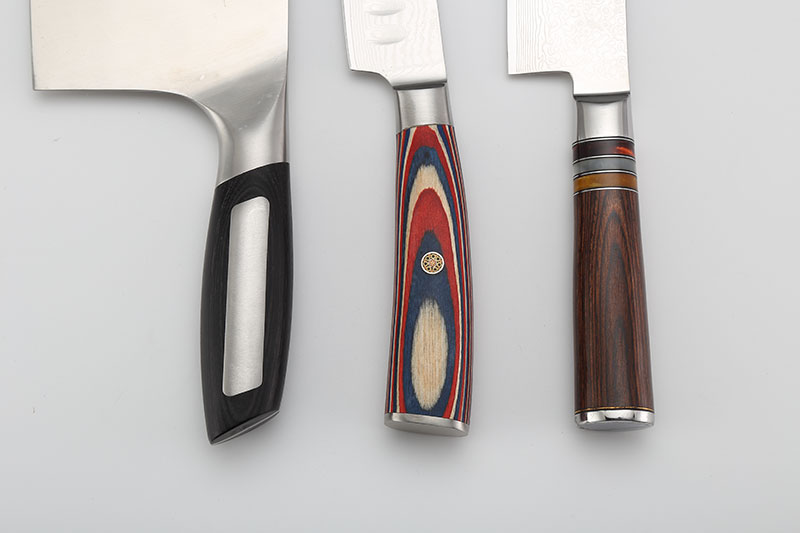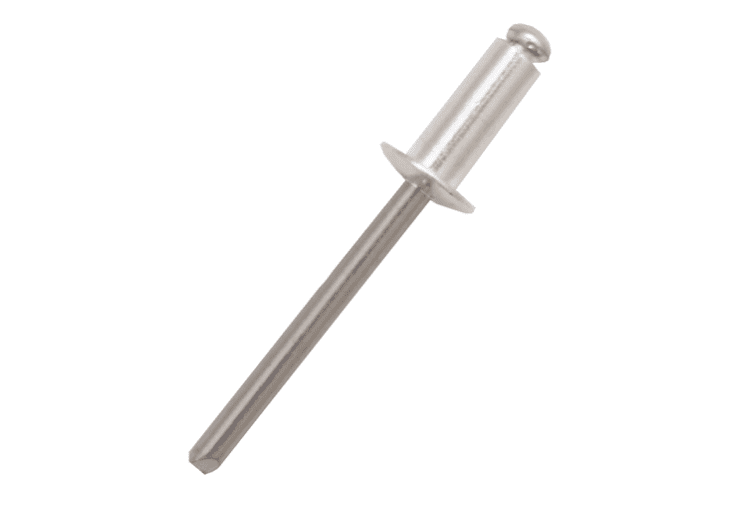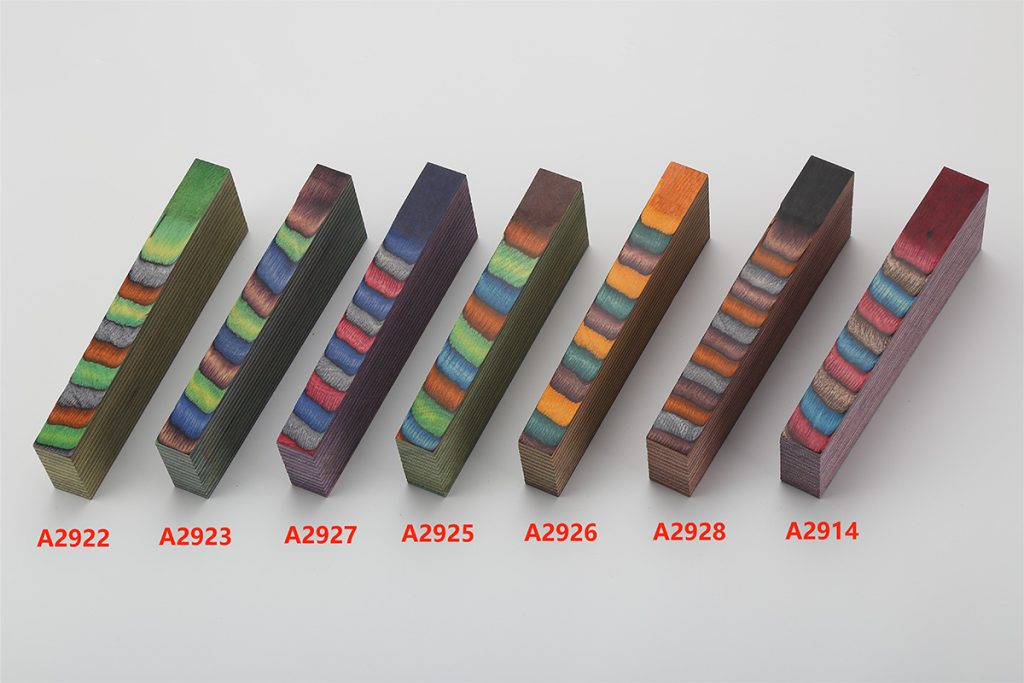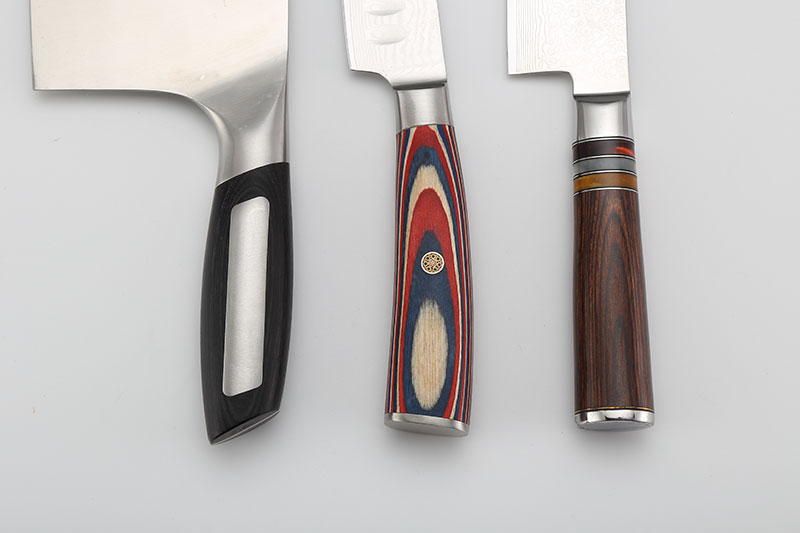Learn the Parts of a knife handles and Know What to Look for When You Buy
When it comes to selecting the perfect knife, the handle often plays a pivotal role in the overall experience. Just like the rivets, which are the crucial connections that hold the blade and handle together, each part of the handle has its own unique function and significance.
Understanding these components can help you make an informed decision and find a knife that truly meets your needs.
The Handle Body
This is the main part of the handle where you grip the knife. The material, shape, and size of the handle body can greatly affect your comfort and experience while holding and using the knife.

The Butt Cap
Located at the top of the handle, the butt cap not only protects the handle from damage but also adds a decorative touch. Available in various materials and designs, you can choose one that suits your personal preference.
The Rivet
These small but crucial connections keep the blade and handle securely together. While rivets may come in different styles, their primary function remains the same – to hold your knife together. Without them, you’d be left with a blade and no handle, which is certainly not ideal for kitchen use.

The Ferrule
This metal ring, situated in the middle of the handle, fixes the handle and the blade together. The design and material of the ferrule also contribute to the overall appearance of the knife.
The Butt
The bottom part of the handle, sometimes designed with a shape that allows for a lanyard, making it convenient to carry. The shape and size of the butt also influence the comfort of holding the handle.
Now that we’ve explored the components of a knife handle, let’s consider some key points to keep in mind when making your purchase:
Material
The material of the handle directly affects the comfort of holding and the lifespan of the knife. Common materials include wood, plastic, and metal. Wood handles offer a good texture and comfort but require maintenance; plastic handles are lightweight and durable but may feel less premium; metal handles are sturdy and durable but heavier. Choose the appropriate material based on personal needs and preferences.

Comfort of Grip
The shape, size, and material of the handle all affect the comfort of holding. When purchasing, be sure to hold the handle yourself to test the feel, ensuring it is comfortable to hold and not prone to slipping.
Size
The size of the handle should be moderate, convenient to hold, and not hindering operation. Handles that are either too long or too short can affect the user experience. When buying, choose a size that fits your hand based on your palm size.
Rivet and Ferrule
Check whether the rivet and ferrule are secure to prevent loosening or falling off during use. Also, pay attention to the material of the rivet and ferrule to ensure the solidity of the handle.
Durability
The handle should have a certain degree of durability to withstand daily wear and tear. When purchasing, understand the durability of the handle to avoid buying handles that are easily damaged.
Appearance
The appearance of the handle is also a factor to consider when making a purchase. Choosing a handle with a beautiful appearance can enhance the overall aesthetics of the knife and showcase personal taste.
When purchasing, be sure to test the handle yourself to ensure a comfortable grip; at the same time, pay attention to the material, durability, and appearance of the handle.


